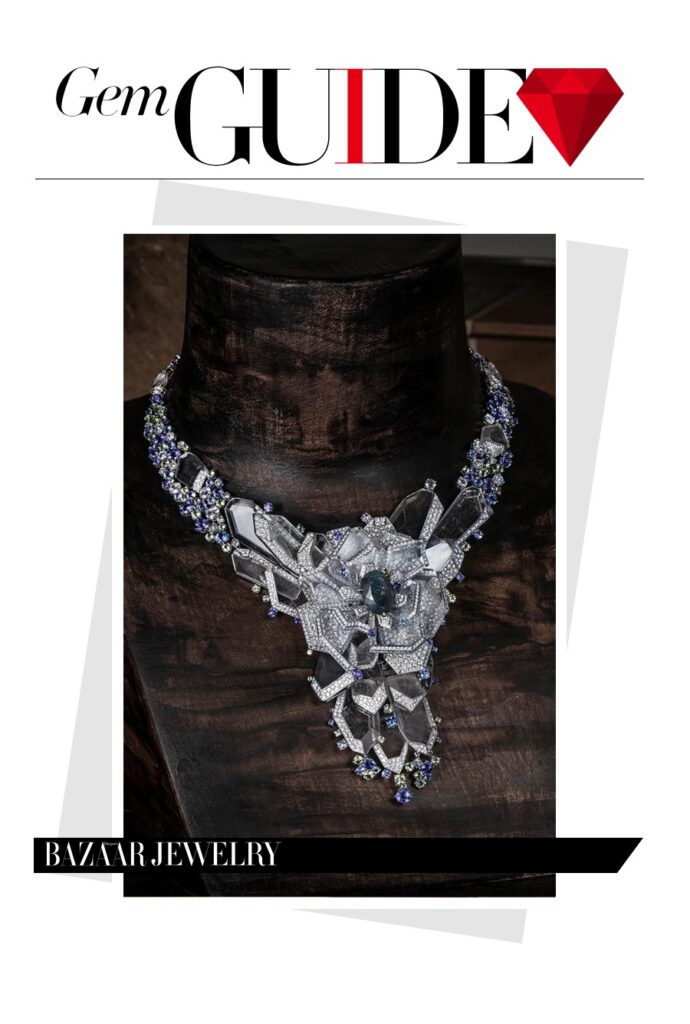
Have you ever seen a gemstone that displays two different colors during day and night? Would you like to own a gemstone with exceptional value for money? In the world of gemstones, there’s a special optical effect where the stone’s color changes depending on the energy distribution or wavelength of incident light.
Simply put, when the surrounding light source changes, the gemstone’s color changes too. This is the magical “color change effect.” One of the most famous stones exhibiting this property is alexandrite, a member of the chrysoberyl family. Though understated, it can bring you unexpected surprises.
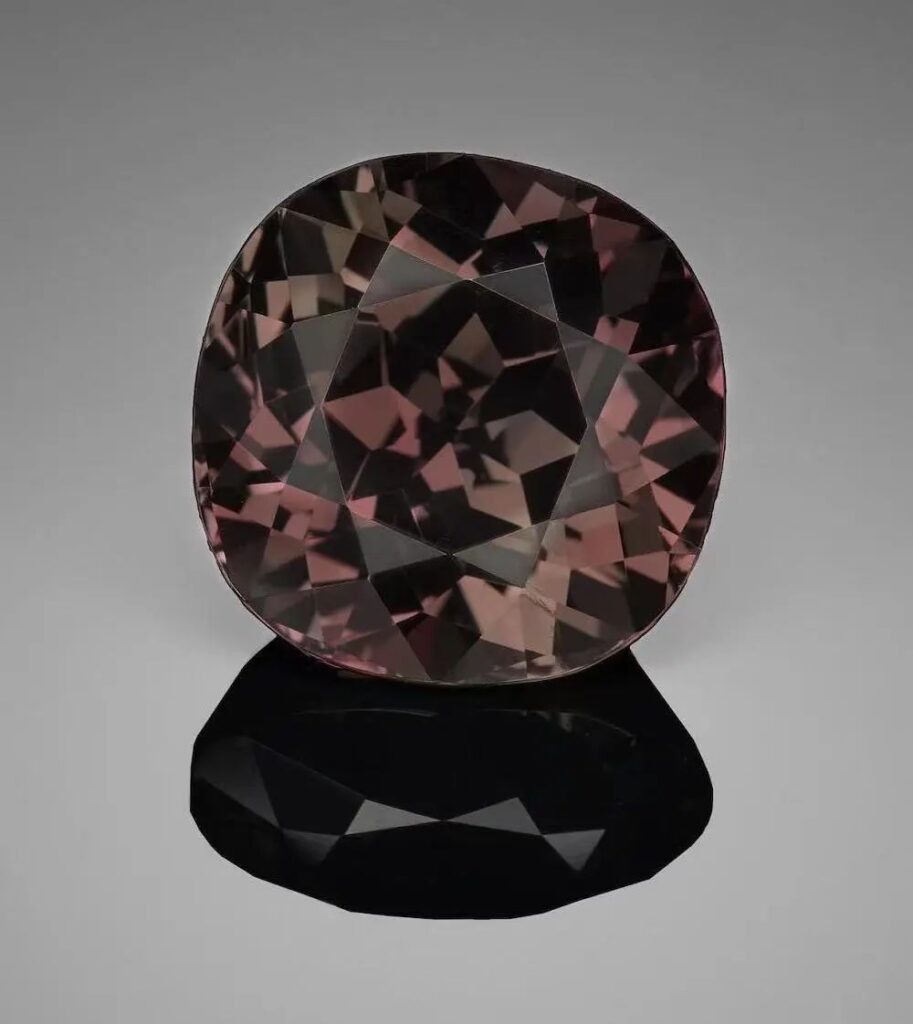
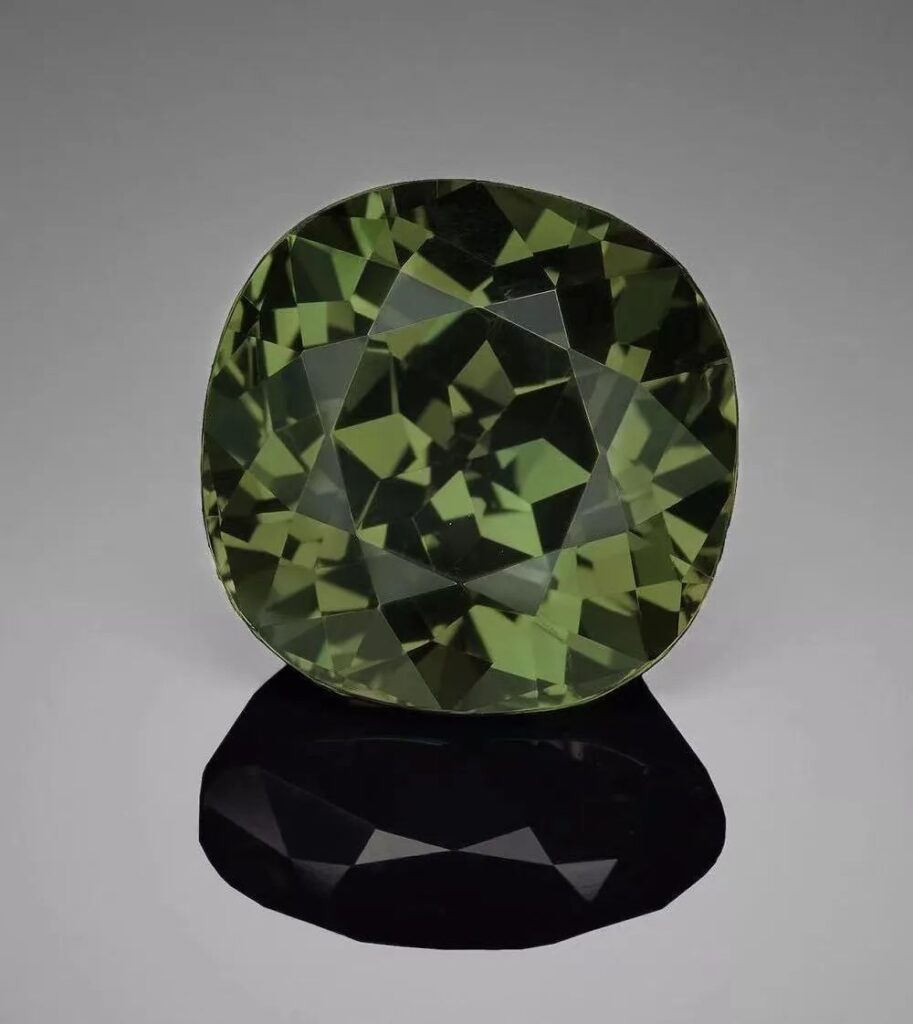
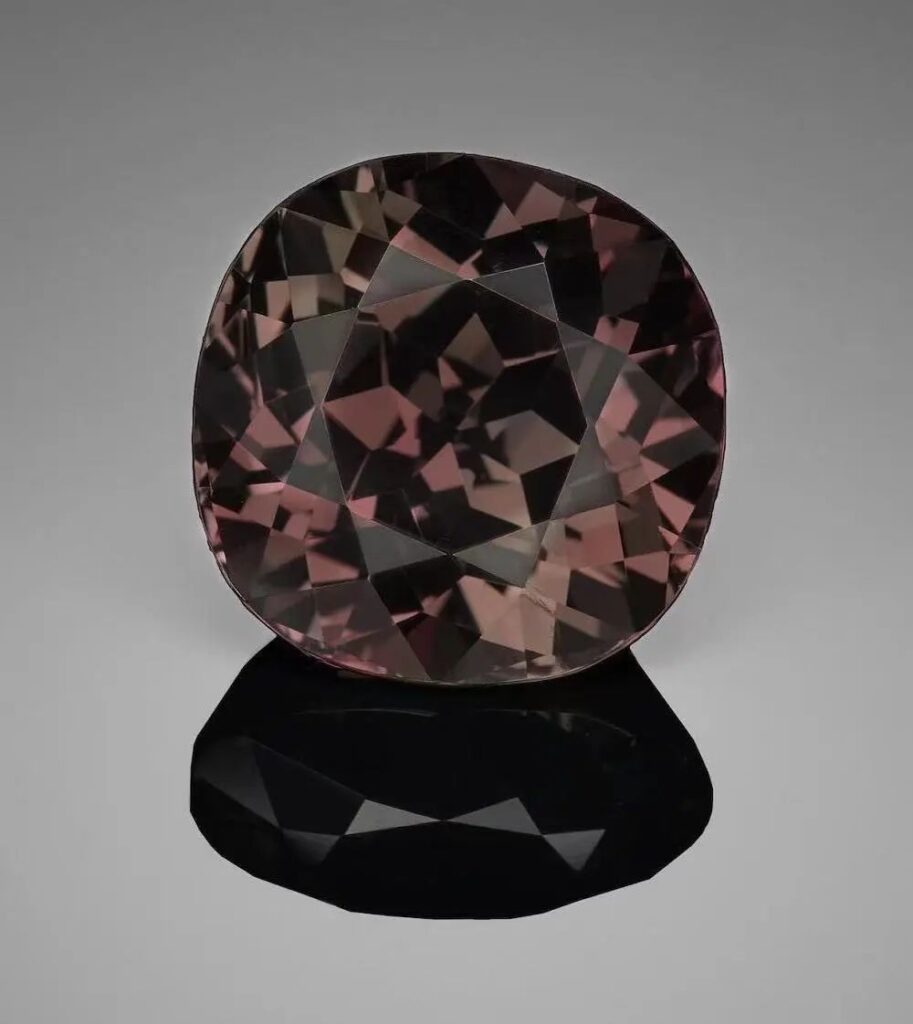
What is Alexandrite?
Before delving into alexandrite, we need to understand its gemstone family – chrysoberyl, one of the five precious gemstones. The color-changing variety is called alexandrite, while the one exhibiting the cat’s eye effect is called cymophane or cat’s eye. Some chrysoberyls possess both color change and cat’s eye effects, known as alexandrite cat’s eye.



“Emerald by day, ruby by night”
Legend has it that in 1830, a green gemstone was discovered in an emerald mine in Russia’s Ural Mountains. Mineralogists initially thought it was emerald but found it harder. Upon further examination, they were astonished to discover that the stone turned red under candlelight at night. Believing he was hallucinating, the discoverer named it “diaphanite,” meaning “imaginary.”

This gemstone, displaying vivid hues and remarkable color changes, caught national attention. It was later presented as a birthday gift to the then Tsarevich Alexander II and set in the crown, hence the name alexandrite.
Alexandrite has a Mohs hardness of 8.5, second only to diamond and sapphire. While its color changes, it’s extremely stable, light and heat resistant, and highly durable. It’s important to note that only chrysoberyls with a significant color change effect are called alexandrite. The term “color-change” is exclusive to chrysoberyl; other color-changing stones like garnets or sapphires are called color-change garnet or color-change sapphire.



Besides the famous Ural Mountains in Russia, alexandrite is also found in Sri Lanka, Brazil, and Africa. Russian alexandrite shows the most vibrant and contrasting color change, usually green to red or blue-green to purple-red. Brazilian alexandrite is closest to Russian in color change effect. Sri Lankan alexandrite tends to have yellowish and brownish hues.
As a colored gemstone famous for its color-change effect, the primary factor in selection must be color. High-quality alexandrite appears blue-green in daylight and changes to purple-red under incandescent light. Of course, the more intense and pure these colors are, the better. If the color looks exceptionally dark or dull, the quality is significantly compromised.

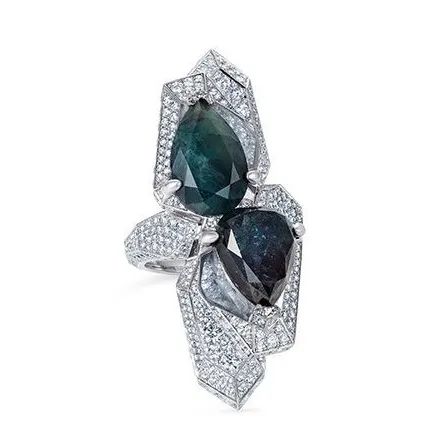
From a gemological perspective, fewer inclusions and higher clarity indicate better quality. However, it’s worth noting that when alexandrite contains parallel, elongated needle-like mineral inclusions, it can produce a cat’s eye effect. This results in a “magical combination” of two unique optical effects – the alexandrite cat’s eye. Such stones significantly increase in value due to their rarity.

For gemstones with strong pleochroism, the cut is crucial in ensuring that the crown displays intense color change, allowing the stone to appear different from various angles. When selecting, pay attention to the table proportion and pavilion depth, as these factors affect the color-change effect.

The origin is also an important factor when choosing a gemstone. Alexandrite from Russia’s Ural Mountains is of extremely high quality but is now rarely seen in the market, making it highly valuable. Alexandrite from Brazil and Sri Lanka is also of excellent quality, sometimes comparable to Russian stones. Quality varies for alexandrite from East Africa and India.

Apart from alexandrite, are you interested in other gemstones with similar properties but different colors? Let’s explore some stones that can open up new perspectives for your collection!
Color-change sapphire
While sapphires generally refer to all corundum varieties except red, there’s a magical color-change sapphire that can transmit red and blue-green light with equal intensity. The color largely depends on the light source – in daylight with more blue-green light, the sapphire appears bluish or greenish; under incandescent light with more red, it appears reddish or purplish.
Typically, sapphires change from blue in natural light to purple under incandescent light. The more pronounced the color change, the higher the quality.
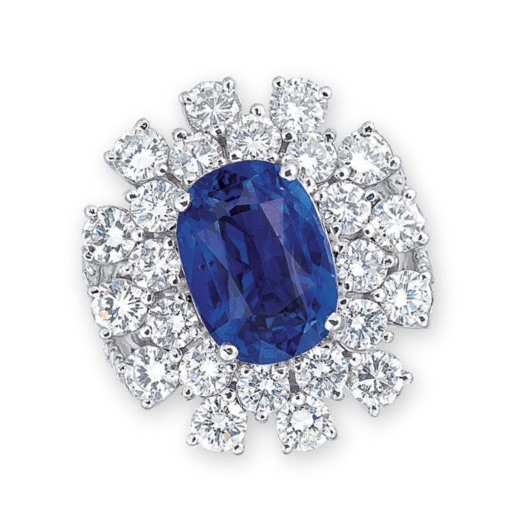
Cobalt spinel
Cobalt spinel, an extremely rare blue variety in the spinel family, has gained fame in the jewelry world for its beautiful, intense blue color. The cobalt element determines the blue intensity, resulting in an elegant peacock blue body color. Some also exhibit color change, appearing royal blue or cornflower blue in daylight and purple or violet under incandescent light.
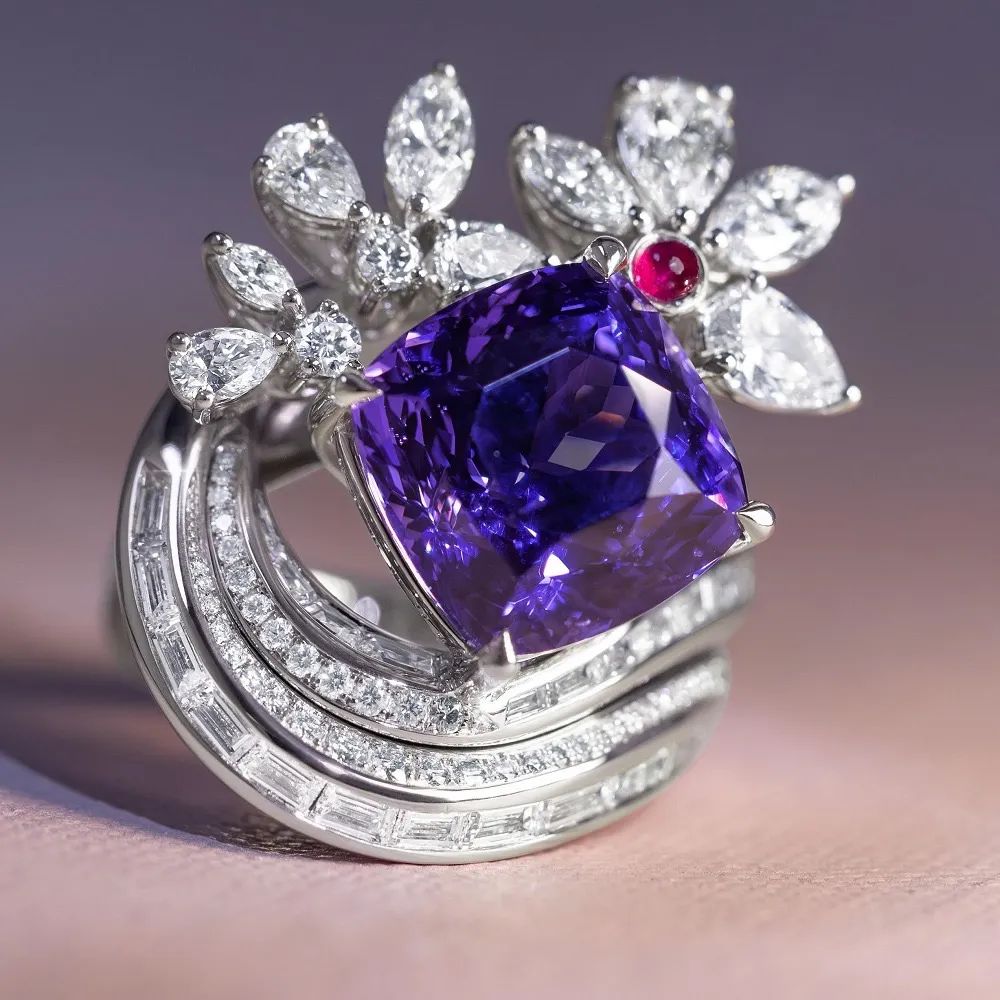
Zultanite
Zultanite, mineralogically known as color-change diaspore, can display up to seven different colors. In natural light, it appears kiwi green, possibly with yellow flashes; under yellow light, it turns into a rich champagne color; and in candlelight, it emits a purplish-red glow. With the right lighting angle, you might see seven different shades and hues of yellow, pink, orange, and green in a single stone.
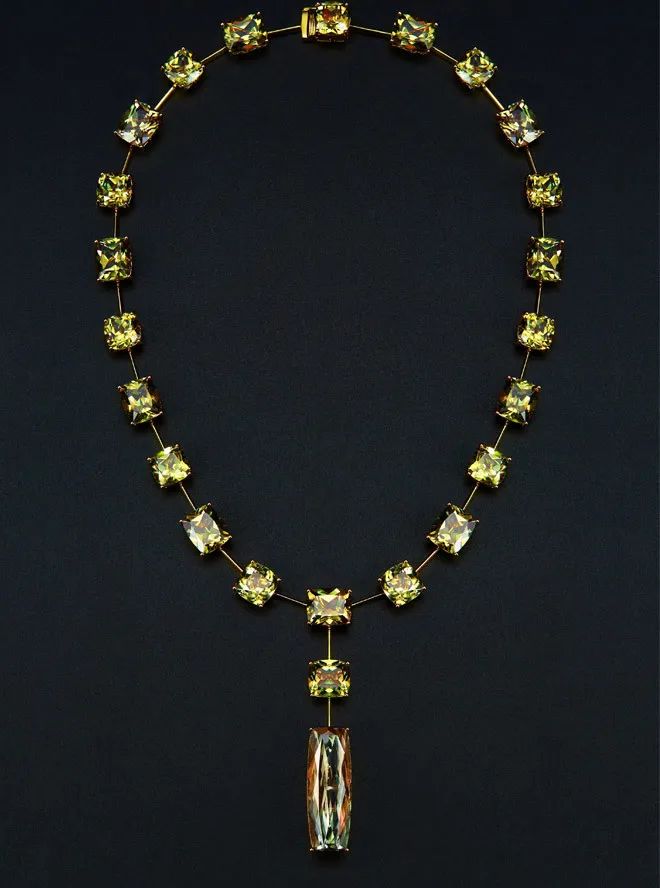
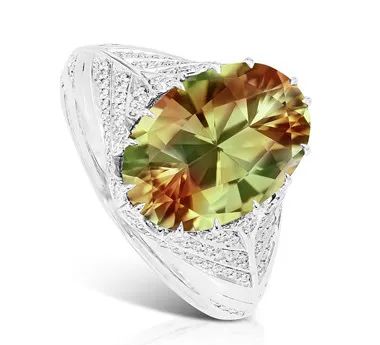
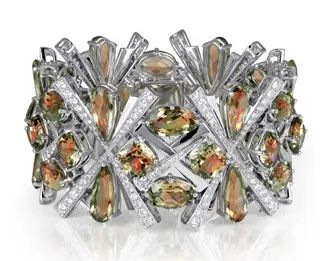
Chameleon diamond
Chameleon diamonds are among the rarest colored diamonds. They can temporarily change their hue under low temperature, heating conditions, or after being kept in darkness for an extended period.
While most chameleon diamonds aren’t particularly attractive in their original state, often appearing as olive green, grayish-green, or yellowish-green of varying intensities, they typically change to brownish-yellow, orange-yellow, or yellow when heated. The rarity of these diamonds, capable of both photochromic and thermochromic color change, makes them extraordinary!
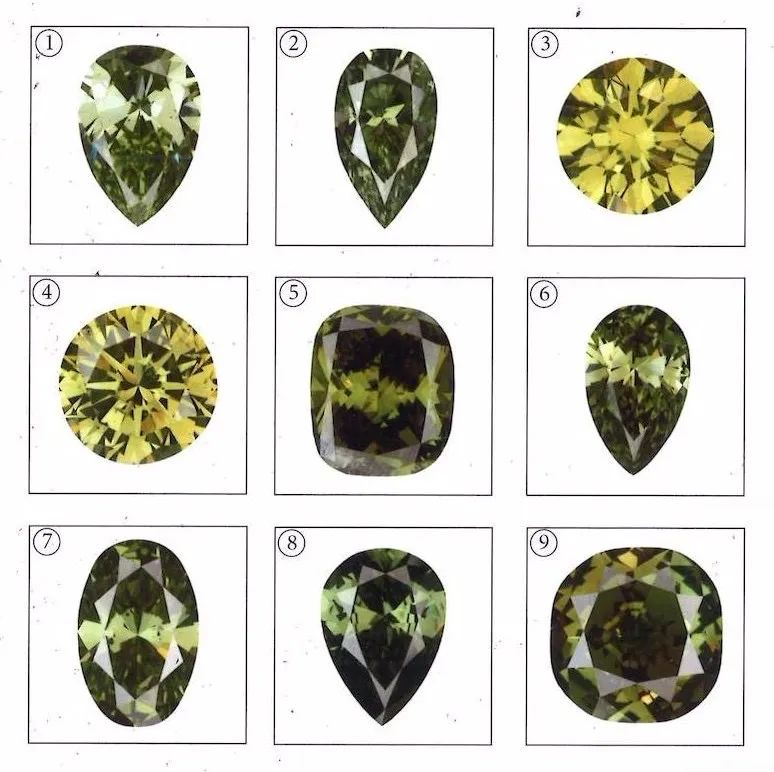


It’s worth noting that even today, there’s no consensus on the reversible color-change mechanism after heating. The world’s first chameleon diamond displayed different colors due to heat from friction during cutting and polishing, which must have astonished the lapidary.
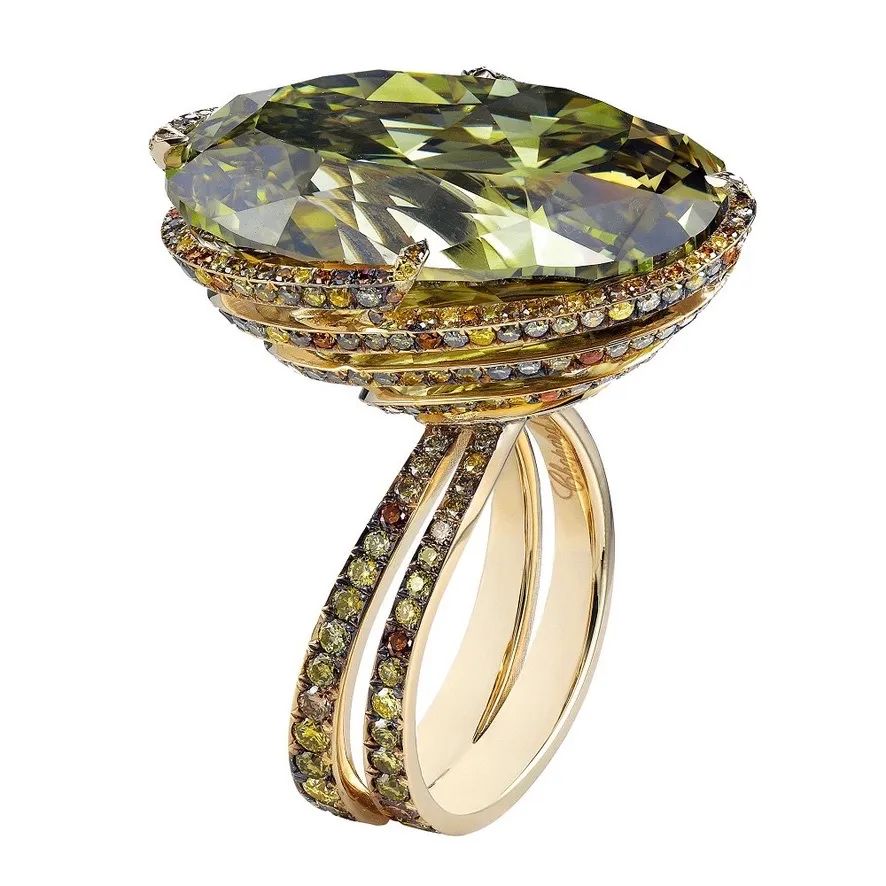
From Russia’s Ural Mountains to Brazil’s mineral deposits, alexandrite’s rarity and unique color-change effect make it a coveted treasure among jewelry collectors and enthusiasts. If you seek to satisfy your collection needs while pursuing individuality, these gemstones with unique optical effects will definitely make you stand out in a crowd!
Chameleon Gems: The Enchanting World of Color-Changing Stones That Will Elevate Your Jewelry Game
Tweet





